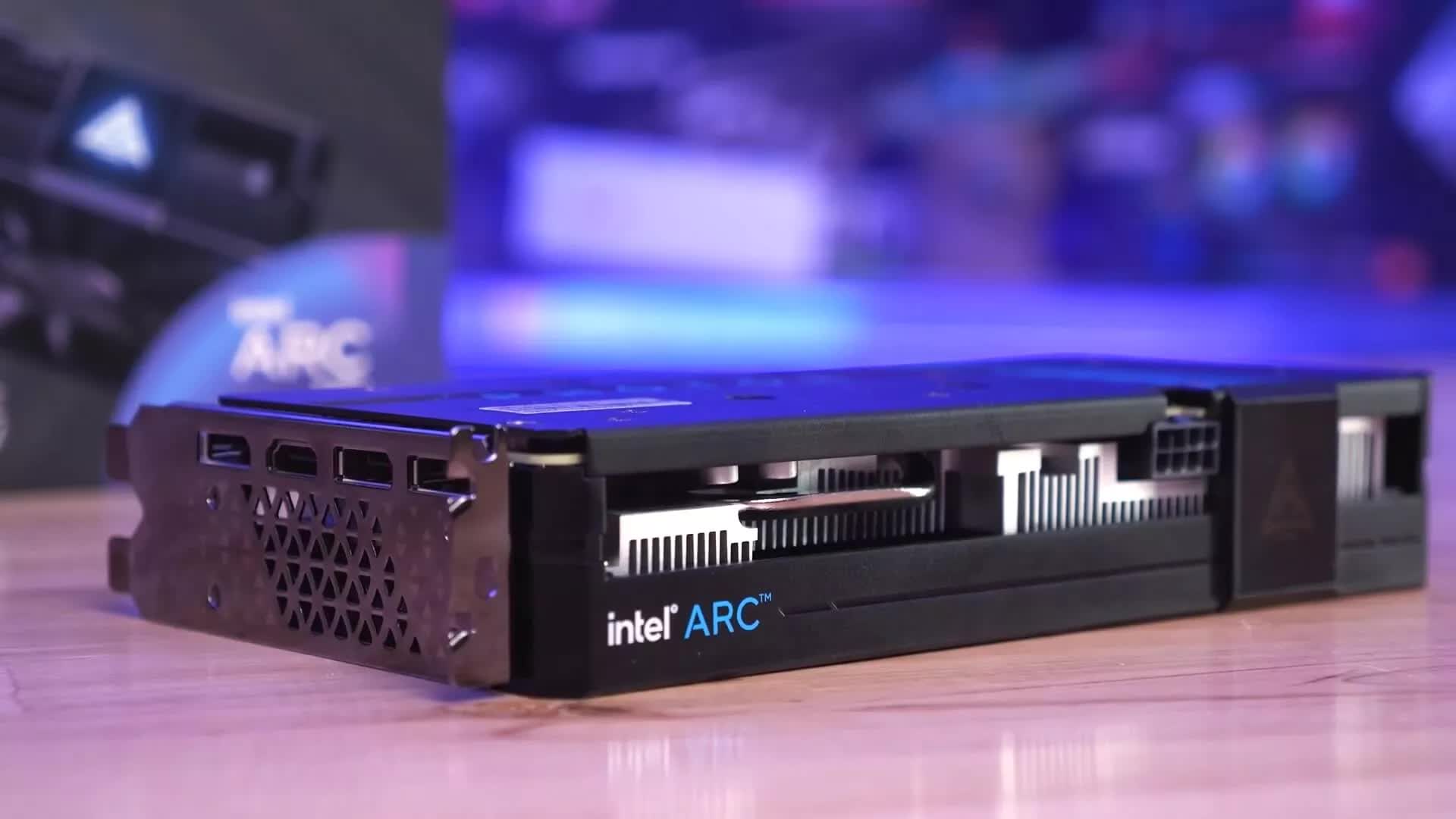Something to look forward to: Intel has had a hard time entering the dedicated PC graphics card arena. Its first GPU series struggled to reach the market when the company said it would, and initial impressions revealed severe flaws. However, Intel has done a lot to fix some of those deficiencies and remains determined to improve its dedicated graphics offerings.

Anonymous sources tell PC Games Hardware that Intel is preparing to release another significant driver update for its Arc graphics cards in February. Significant changes might also soon come for the company's graphics control software.
The update should drastically improve Arc Alchemist's performance for games using all graphics APIs. The patch follows a December update that improved the GPU line's massive disadvantage with DirectX 9 (DX9) titles.
One of Arc Alchemist's main weaknesses is that it doesn't natively support DX9 because Intel needed to focus its development efforts on DX12. Games started transitioning from DX9 to DX11 over a decade ago, but some of the most popular titles, like Counter-Strike: Global Offensive, still use DX9. Alchemist GPUs initially ran those games far worse than comparable cards, but the December drivers made up much of the difference.
The February drivers could repair the deficit further while also improving DX11, DX12, and Vulkan performance. The update will also introduce new features, but PCGH sources did not cite any examples.
Those new features could include an overhaul for how Arc users control graphics and schedule updates. Intel hasn't publicly revealed the new software, but Linus Tech Tips and Albert Thomas of Toms Hardware confirm that Intel told them it exists.
Intel Arc's current graphics control method, Arc Control, has faced heavy criticism, primarily because it's an overlay lacking an adjustable window rather than standalone software. Linus says the replacement app will consolidate Arc Controls' features into a single pane, while Thomas said it would satisfy users who don't like the overlay.
A recently leaked roadmap reveals Team Blue's plans to refresh the Alchemist lineup later this year before launching its successor – Battlemage – in 2024. While Alchemist only consists of entry-level and midrange GPUs, Battlemage might include Intel's first enthusiast-level card. The series is expected to improve ray tracing, memory, and machine learning.